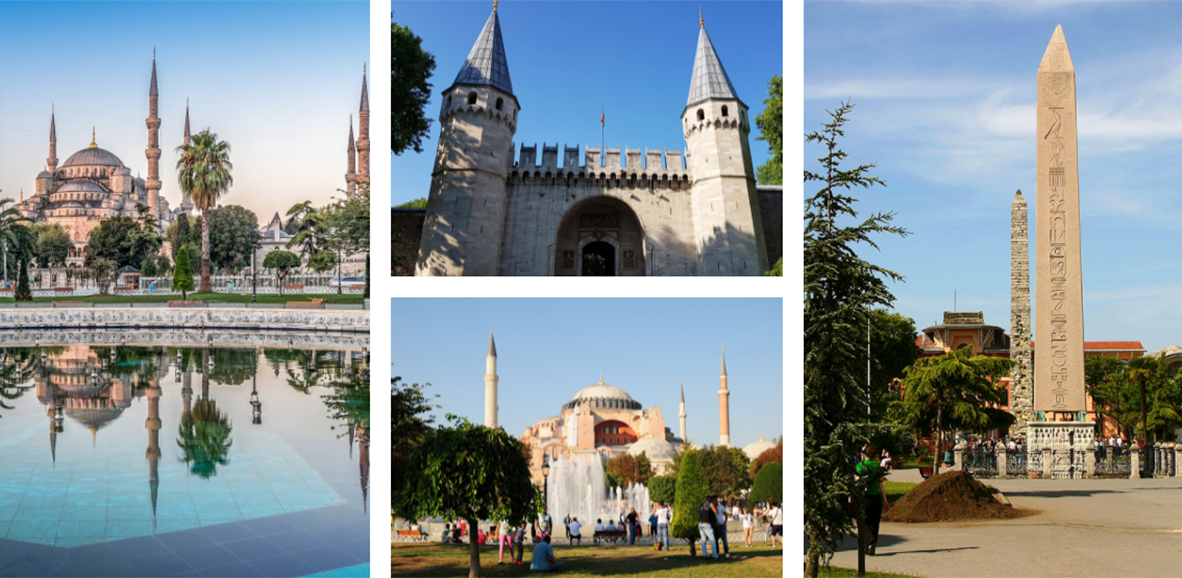Several hypotheses exist as to the origin of the name Galata. The Greeks believe that it derives from Galatai (meaning “Gauls”), as the Celtic tribe of Gauls (Galatians) was discovered camping here during the Hellenistic period before moving into Galatia in central Anatolia; or from galatas, a term for a milkman, since shepherds grazed their herds here in the Early Medieval (Byzantine) period. According to another theory, it comes from the Italian term calata, which means “a section of a dockside intended for the mooring of merchant ships, for the direct embarkation or disembarkation of goods or passengers, and for temporary storage of goods and marine equipment.” .
The Galata Tower, although the date of construction is uncertain, was most likely erected during the Byzantine period in 507 AD. It was formerly known as the Christea Turris (Tower of Christ) by the Genoese, and Megalos Pyrgos (Great Tower) by the Byzantines. When it acquired its current form in the 14th century during the Genoese period, it was badly damaged in an earthquake in 1509 and rebuilt by Hayrettin, who was then famous. Prisoners sentenced to work at Kasımpaşa Naval Dockyard were kept here under Süleiman’s rule (1520-66).
At the end of the 16th century, Takiyeddin Efendi built an observatory on top of this tower and began to observe for a period. He later closed his observatory under orders from Murat III (1546-1595).
During the reign of Murad V, Hezarfen Ahmet Çelebi flew as an early aviator with artificial wings from this tower to the slopes of Üsküdar on the Anatolian side across the Bosphorus. The Mehter Band used it prior to 1717, but after that year it became a fire-observatory tower and was destroyed by fire in 1794.
Sultan Selim III (1761-1808) built a cumba to the top of Galata Tower after it was rebuilt following the fire. It was destroyed in another fire in 1831 and Sultan Mahmut II added two more stories on top of the old structure, completing the resemblance of a conical cap with a cloth draped over it.
Anchored by a framework damaged during a torrential storm in 1875, the Galata Tower today operates as both an upscale tourism destination. There is a lift, but it only goes to the 7th floor. Then you must climb two more flights of winding stairs to get to the restaurant and observation deck above it, so in total you’ll be at the ninth floor. There are about 150 steps to climb up to the top. After exiting through the top-floor restaurant, there is an outdoor balcony that provides a breathtaking view of Istanbul and the Bosphorus.
The height of the tower is 66.90 meters (62.59 without including the ornament on top), the outer diameter is 16.45 meters, the inner diameter is 8.95 meters. The Galata Tower is high up, with a stunning view of the city and a cafe to enjoy cake and tea. It has wonderful views of it from both the asian side and Sultanahmet part of the city.
The entrance fee for the Galata Tower is 100 Turkish Lira per person until April 2022.



Comment (0)